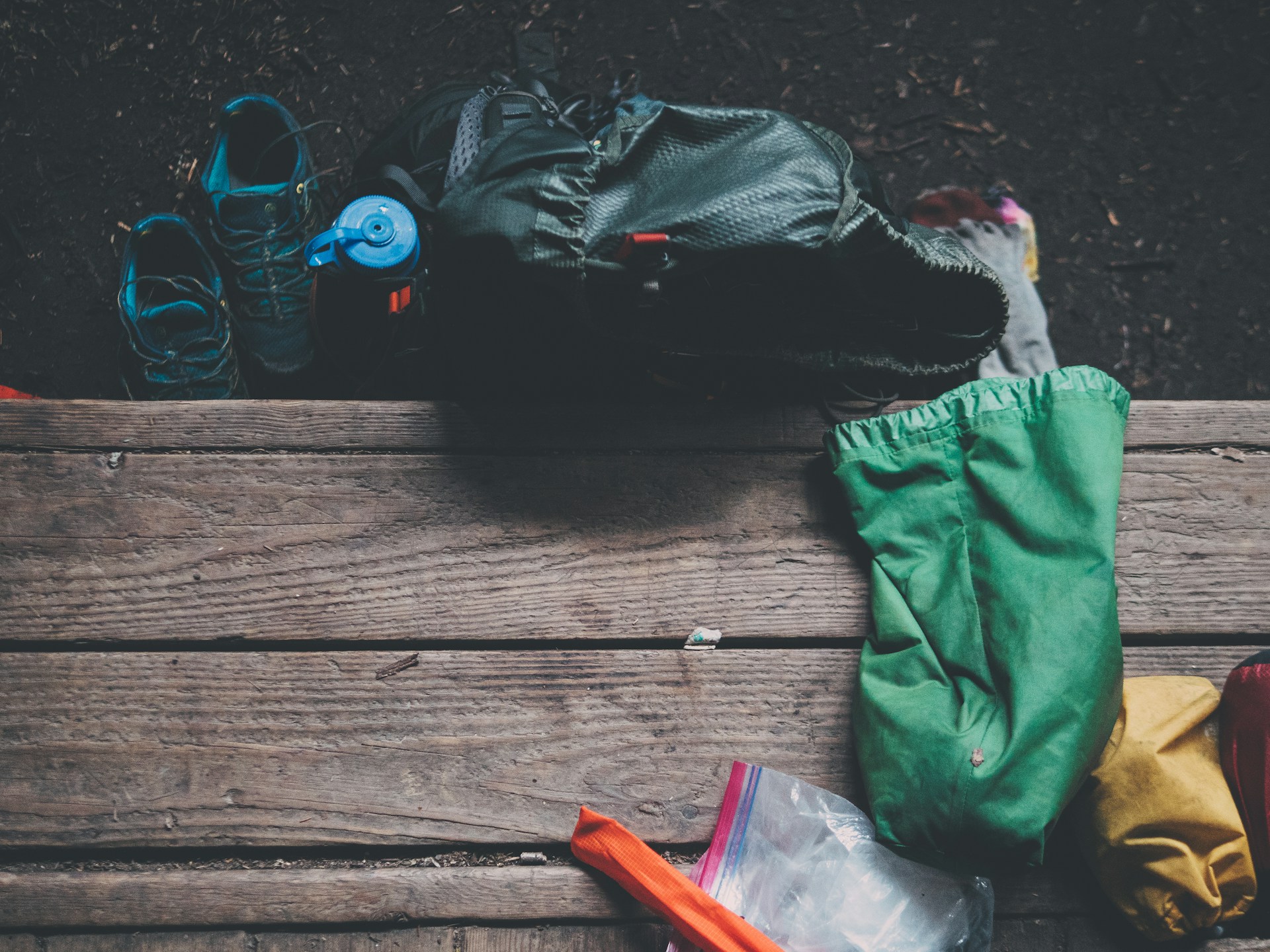
Hiking is one of the most rewarding outdoor activities, offering an escape from daily life and a chance to reconnect with nature. Whether you’re tackling a short day hike or a multi-day trek, having the right gear is essential for a safe and enjoyable experience. If you’re new to hiking or looking to upgrade your equipment, this guide will walk you through the must-have essentials.
1. The Right Backpack: Your Hiking Companion
Your backpack is your lifeline on the trail. It should be lightweight, comfortable, and spacious enough to carry everything you need. Consider the following when choosing one:
- Capacity: For a day hike, a 20-30L backpack is sufficient. For longer treks, opt for a 40-70L pack.
- Fit: Look for adjustable straps and a padded hip belt to distribute weight evenly.
- Durability: Choose water-resistant or waterproof materials to protect your gear from the elements.
2. Footwear: Comfort and Stability on the Trail
The wrong shoes can lead to blisters, sore feet, or even injury. Investing in quality hiking footwear is a must.
- Hiking Boots vs. Trail Runners: Boots provide ankle support for rough terrains, while trail runners are lightweight and comfortable for shorter hikes.
- Waterproofing: If you expect wet conditions, choose waterproof boots to keep your feet dry.
- Proper Fit: Make sure your shoes fit snugly but have enough room for your toes to move freely.
3. Navigation Tools: Stay on the Right Path
Even experienced hikers can lose their way. Always carry navigation tools, including:
- A GPS device or smartphone with offline maps.
- A compass and physical map as backups in case your electronic devices fail.
4. Hydration System: Water is Life
Dehydration can be dangerous, especially on longer hikes. Always carry:
- A hydration pack for easy access to water.
- Water bottles with enough capacity for the duration of your hike.
- A water filter or purification tablets in case you need to refill from natural sources.
5. Clothing: Dress for the Conditions
Layering is key to staying comfortable in varying weather conditions. Your clothing should include:
- Base Layer: Moisture-wicking fabric to keep sweat away.
- Insulating Layer: Fleece or down jackets to trap heat in cold conditions.
- Outer Layer: A waterproof and windproof jacket for protection against rain and wind.
